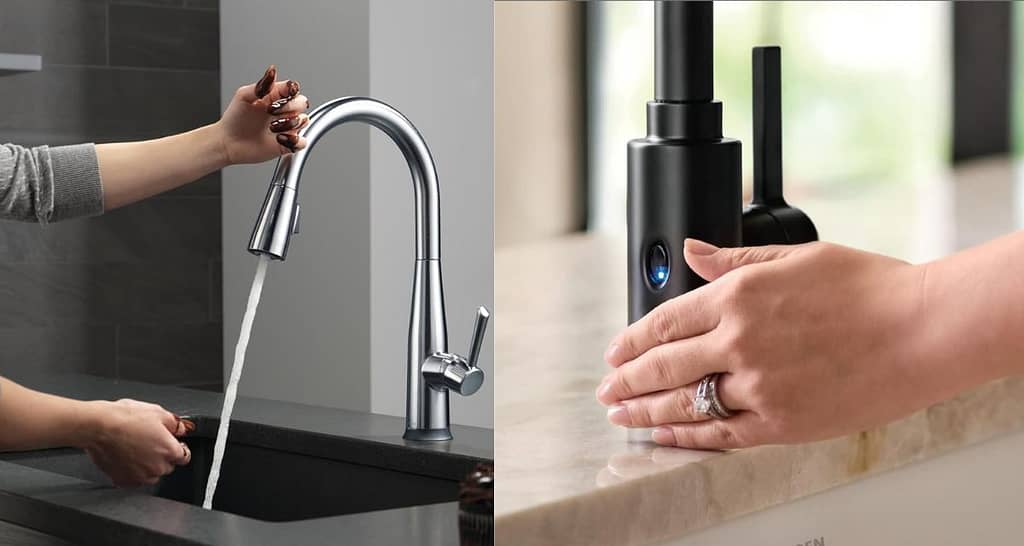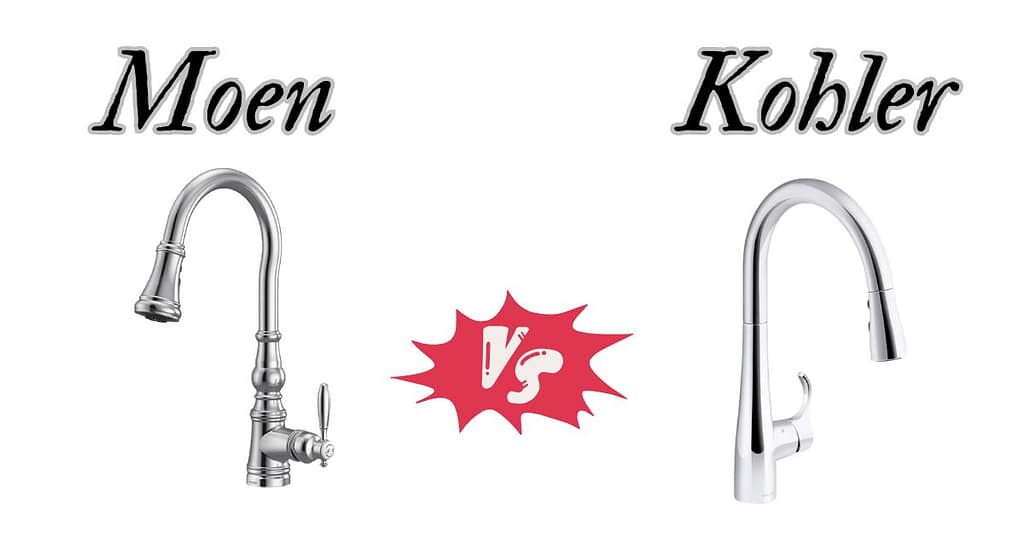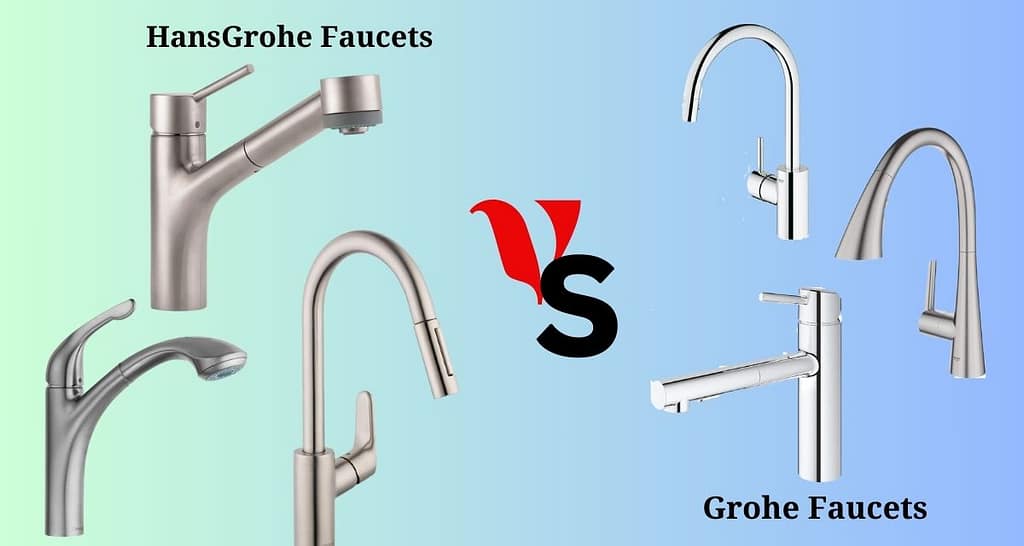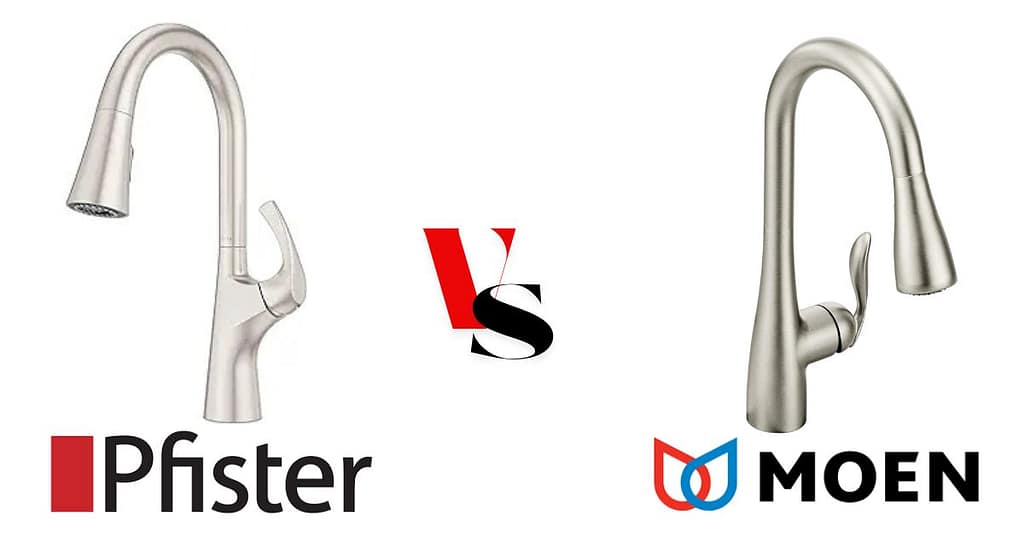When it comes to choosing the perfect finishing material for various applications, two popular options often come to mind: chrome and stainless steel. Both materials offer unique characteristics and aesthetic appeal, but understanding their differences is crucial in making an informed decision.
In this comprehensive blog post, we will delve into the intricacies of chrome and stainless steel, exploring their properties, applications, benefits, and drawbacks. By the end, you’ll have a clear understanding of which material is best suited for your specific needs.
Chrome vs Stainless Steel
Chrome Finish
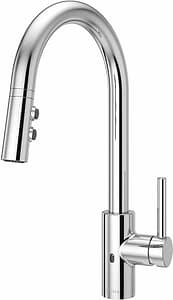
Chrome also known as chromium, is a metallic element widely recognized for its lustrous appearance and corrosion resistance. It is commonly used as a decorative coating due to its ability to enhance the visual appeal of various objects, from automotive parts to household fixtures. Let’s take a look at some essential factors to consider;
Chrome Plating
Chrome plating, an extensively utilized technique, encompasses the deposition of a delicate chromium layer onto the surface of a metal object. By submerging the object in a solution of chromic acid or chromium salts and applying an electric current, this process is realized. The electroplating process offers numerous advantages:
Enhanced durability: Chrome plating significantly improves the durability and longevity of the underlying material. The chrome layer acts as a protective barrier, shielding the metal from wear, abrasion, and corrosion.
Corrosion resistance: One of the primary advantages of chrome plating is its excellent resistance to corrosion. The chromium layer acts as a barrier, preventing moisture, chemicals, and environmental factors from coming into direct contact with the metal surface. This makes chrome-plated objects highly resistant to rust and degradation, even when exposed to harsh conditions or outdoor environments.
Aesthetic Appeal
Chrome’s reflective properties and mirror-like finish contribute to its aesthetic appeal. The high-gloss, lustrous appearance of chrome makes it a popular choice for achieving a sleek and modern look in various applications. Some key points regarding chrome’s aesthetic appeal are:
Sleek and modern appearance: Chrome finishes add a touch of elegance and sophistication to objects, making them visually appealing. The reflective nature of chrome creates a sense of depth and brilliance, enhancing the overall aesthetics of the item.
Versatile design options: Chrome plating can be applied to a wide range of materials, including metals like steel, brass, and aluminum. This versatility allows for creative design choices and enables the use of chrome in diverse industries such as automotive, architecture, interior design, and fashion.
Common applications: Chrome finishes are commonly found in automotive accessories, such as bumpers, grilles, and trim. They are also used in bathroom fixtures, faucets, lighting fixtures, furniture accents, and various decorative items. Chrome’s aesthetic appeal and ability to blend seamlessly with different design styles make it a popular choice among manufacturers and consumers alike.
Corrosion Resistance
One of the most significant advantages of chrome kitchen faucets is their exceptional corrosion resistance. The chromium layer in chrome plating provides a robust and durable protective barrier, offering the following benefits:
Protection against moisture: Chrome acts as a moisture-resistant barrier, preventing direct contact between the underlying metal and water. This helps to inhibit the formation of rust and corrosion, making chrome-plated objects suitable for outdoor applications and humid environments.
Chemical resistance: The chromium layer on chrome-plated surfaces exhibits resistance to a wide range of chemicals, including acids, alkalis, and solvents. This resistance ensures that chrome-plated objects remain unaffected by common household or industrial cleaning agents and chemical spills.
Environmental resistance: Chrome plating offers excellent resistance to environmental factors such as UV radiation, temperature fluctuations, and atmospheric pollutants. This makes chrome-plated objects durable and well-suited for outdoor use, as they can withstand exposure to sunlight, rain, and other weather conditions without losing their aesthetic appeal.
Maintenance and cleaning: While chrome plating provides exceptional corrosion resistance, regular maintenance and cleaning are necessary to preserve its luster and prevent tarnishing. Proper care involves using mild, non-abrasive cleaners and avoiding harsh chemicals or abrasive materials that could damage the chrome surface.
Stainless Steel Finish
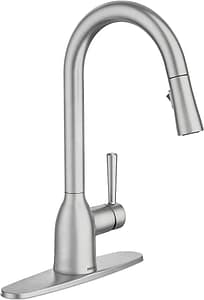
A steel alloy containing chromium, offers exceptional strength, versatility, and resistance to corrosion. It is widely used in various industries due to its numerous benefits. Let’s explore its key features:
Composition and Properties
Stainless steel is an alloy primarily composed of iron and chromium, with additional elements such as nickel and molybdenum often present. The precise composition may vary, contingent upon the particular grade of stainless steel. Chromium is a crucial component as it provides stainless steel with its corrosion resistance properties.
The addition of chromium to the steel forms a thin, transparent, and self-healing oxide layer on the surface of the material. This layer is known as the passive oxide layer or passive film. It acts as a barrier, preventing oxygen and moisture from reaching the underlying metal and thus protecting it against corrosion. The chromium content in stainless steel typically ranges from 10.5% to 30%.
The inclusion of other elements such as nickel and molybdenum in stainless steel can enhance its properties further. Nickel increases the resistance to corrosion, enhances toughness, and improves formability. Molybdenum contributes to increased corrosion resistance, particularly in environments with high chloride concentrations.
Different grades of stainless steel exist, each with its own unique composition and properties. Some common grades include 304, 316, 430, and 17-4 PH. These grades are selected based on the specific requirements of the application, considering factors such as corrosion resistance, strength, heat resistance, and aesthetic appearance.
Corrosion Resistance
The exceptional corrosion resistance of stainless steel is one of its most significant advantages. The passive oxide layer formed by the chromium content makes stainless steel highly resistant to rust and corrosion in various environments. This property makes it particularly suitable for applications where exposure to moisture, chemicals, and high temperatures is common.
Stainless steel’s corrosion resistance allows it to withstand the corrosive effects of water, acids, alkalis, and salt solutions. This makes it widely used in industries such as food processing, chemical processing, marine environments, and pharmaceuticals. In kitchen appliances, stainless steel is preferred due to its ability to resist staining and pitting caused by acidic foods and liquids.
Stainless steel’s resistance to corrosion also extends to high-temperature environments. It can maintain its structural integrity and performance even when exposed to elevated temperatures, making it suitable for applications in heat exchangers, furnace parts, and exhaust systems.
Strength and Durability
Stainless steel exhibits excellent mechanical properties, including resistance to wear, impact, and deformation. Stainless steel objects can withstand heavy loads, vibrations, and mechanical stresses without compromising their structural integrity.
The strength of stainless steel is attributed to its microstructure, which consists of a combination of ferrite, austenite, and martensite phases. The specific heat treatment processes and alloying elements used in its production can further enhance its strength and hardness.
Stainless steel’s durability is evident in its ability to maintain its integrity over long periods, even under challenging conditions. With proper care and maintenance, stainless steel objects can last for decades without significant deterioration. This durability makes stainless steel a cost-effective choice in many applications, as it reduces the need for frequent replacements or repairs.
Furthermore, stainless steel is resistant to environmental factors such as UV radiation, humidity, and extreme temperatures, which can degrade other materials over time. This resistance allows stainless steel to be used in outdoor applications, architectural structures, and transportation infrastructure.
Which Finish is the Best: Chrome or Stainless Steel?
Choosing the Right Material Now that we’ve explored the key characteristics of both chrome and stainless steel, let’s consider factors to help you choose the right material for your specific requirements:
Aesthetic Preference
When it comes to aesthetic preference, the choice between chrome and stainless steel largely depends on the desired finish. Chrome is well-known for its highly reflective and mirror-like appearance, which can add a touch of elegance and shine to any application. This characteristic makes chrome a popular choice for decorative purposes where a sleek and polished look is desired.
On the other hand, stainless steel offers a range of finishes that provide versatility and a timeless appeal. Brushed stainless steel has a textured, matte finish created by brushing the surface with a fine abrasive material. This finish reduces the appearance of scratches and fingerprints, making it a practical choice for applications that require a more subdued and resistant appearance. Satin and matte finishes are also available for stainless steel, offering variations in sheen and texture to suit different aesthetic preferences.
Application Considerations
When considering the application, it’s essential to evaluate the specific requirements and prioritize certain characteristics. If visual appeal is the primary concern, such as in decorative applications like automobile trim, furniture accents, or architectural details, chrome plating can be an excellent choice. Chrome provides a highly reflective surface that enhances the appearance and attractiveness of the object.
However, if durability, corrosion resistance, and strength are crucial for the intended application, stainless steel is the preferred option. Stainless steel is known for its exceptional resistance to corrosion, making it suitable for various environments, including outdoor and marine applications. It offers excellent strength and can withstand harsh conditions without deteriorating. Stainless steel is often used in industries such as construction, automotive, aerospace, and food processing, where reliability and long-lasting performance are essential.
Maintenance Requirements
Maintenance requirements are another important consideration when choosing between chrome and stainless steel. Chrome requires regular cleaning and polishing to maintain its luster and prevent tarnishing. Over time, chrome can be prone to corrosion, discoloration, or pitting if not properly maintained. It is susceptible to damage from harsh chemicals, abrasive cleaners, or excessive moisture, so caution must be exercised during cleaning.
Stainless steel, on the other hand, is generally low maintenance. It has inherent corrosion resistance properties, and the chromium oxide layer that forms on its surface acts as a protective barrier against stains and rust. While stainless steel is resistant to most forms of corrosion, it may still require periodic cleaning to remove smudges, fingerprints, or accumulated dirt. Mild soap, water, and a soft cloth or sponge are usually sufficient for routine cleaning, ensuring the longevity and aesthetic appeal of stainless steel surfaces.
Final Verdict
The choice between chrome and stainless steel depends on several factors. If a reflective, mirror-like finish is desired and the application emphasizes visual appeal, chrome may be preferred. On the other hand, if durability, corrosion resistance, and strength are crucial, stainless steel is the superior choice.
When it comes to maintenance, chrome requires regular cleaning and polishing, while stainless steel is generally low maintenance but may need occasional cleaning to remove smudges or fingerprints. Ultimately, considering these factors will help you make an informed decision based on your specific requirements.


